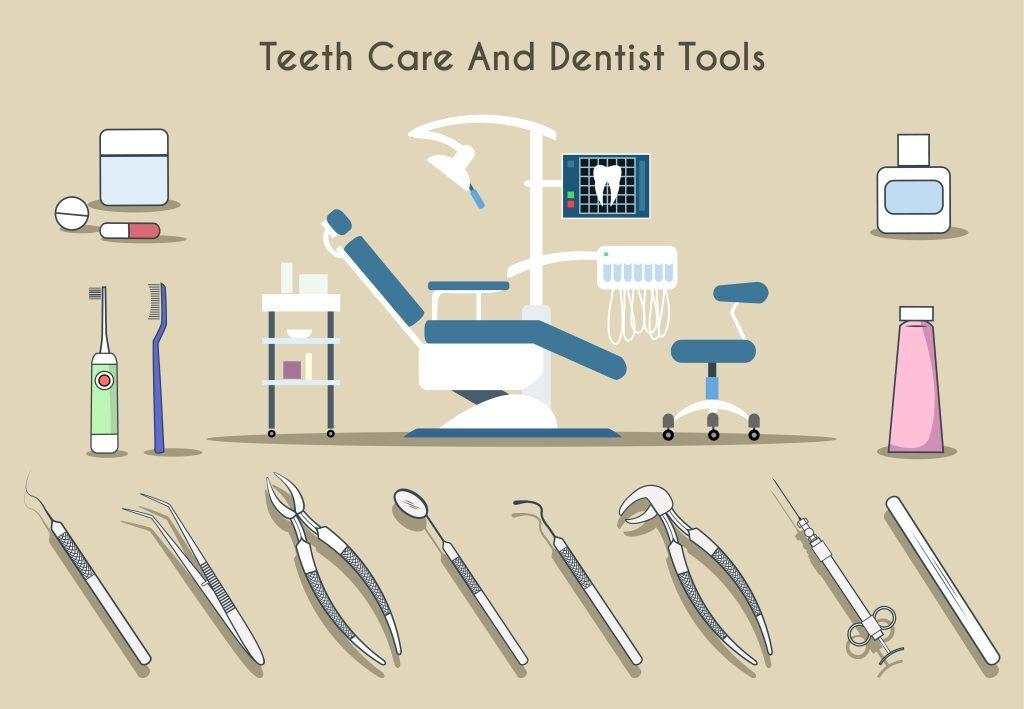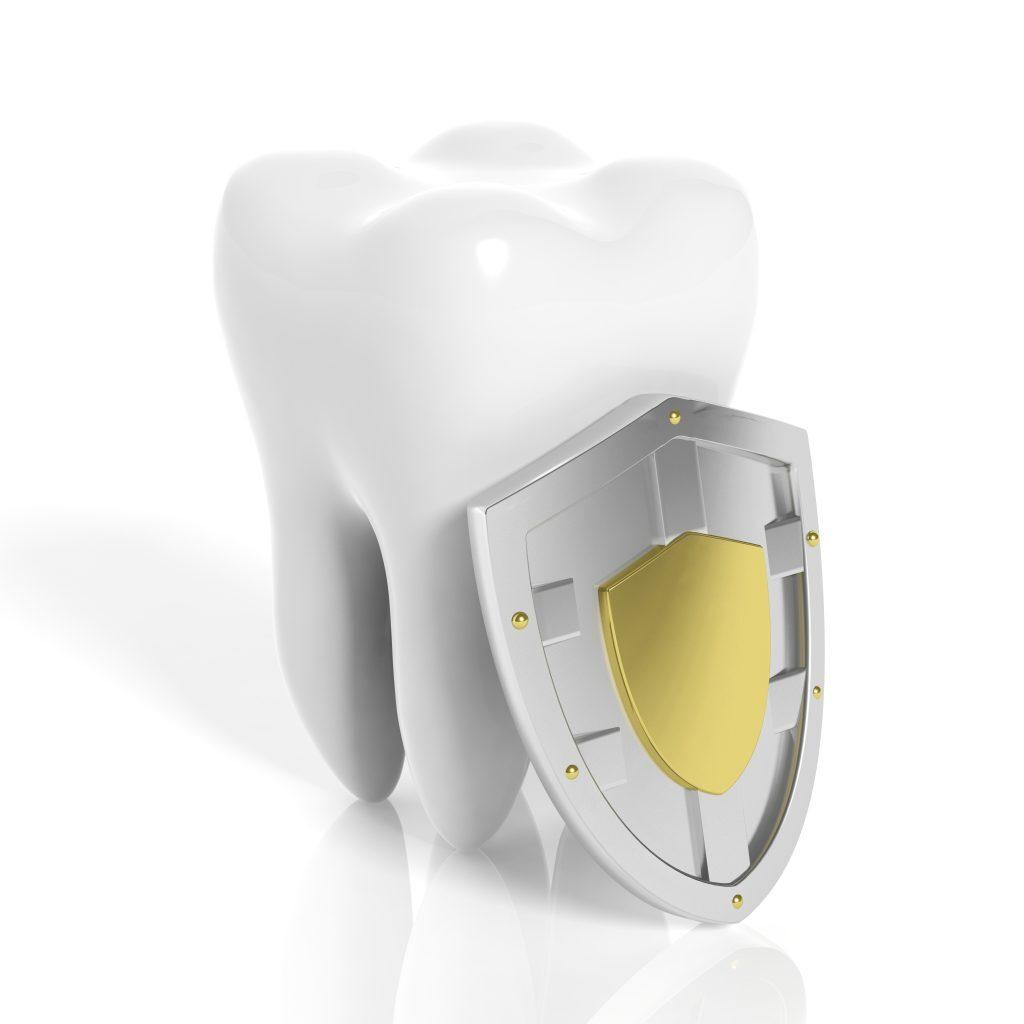
Restoring Damaged Teeth
Dental crowns serve as a fortification for compromised or impaired teeth. Teeth that have experienced root canal therapy, extensive decay, or fracture may experience a deterioration in their structural integrity. By completely enveloping the tooth, crowns effectively restore its strength, functionality, and aesthetic appeal while also preventing additional harm.
Materials and Types


Aesthetic Appeal
Dental crowns may enhance a person’s smile’s appearance in addition to its practical advantages. Porcelain crowns has a unique ability to accurately replicate the aesthetic characteristics of real teeth. The dental prosthesis has been carefully crafted to provide a harmonious blend with the colour, shape, and arrangement of the patient’s natural teeth, resulting in an almost indistinguishable combination.
Customized Fit


Protection and Preservation
Longevity and Durability

Versatile Uses



